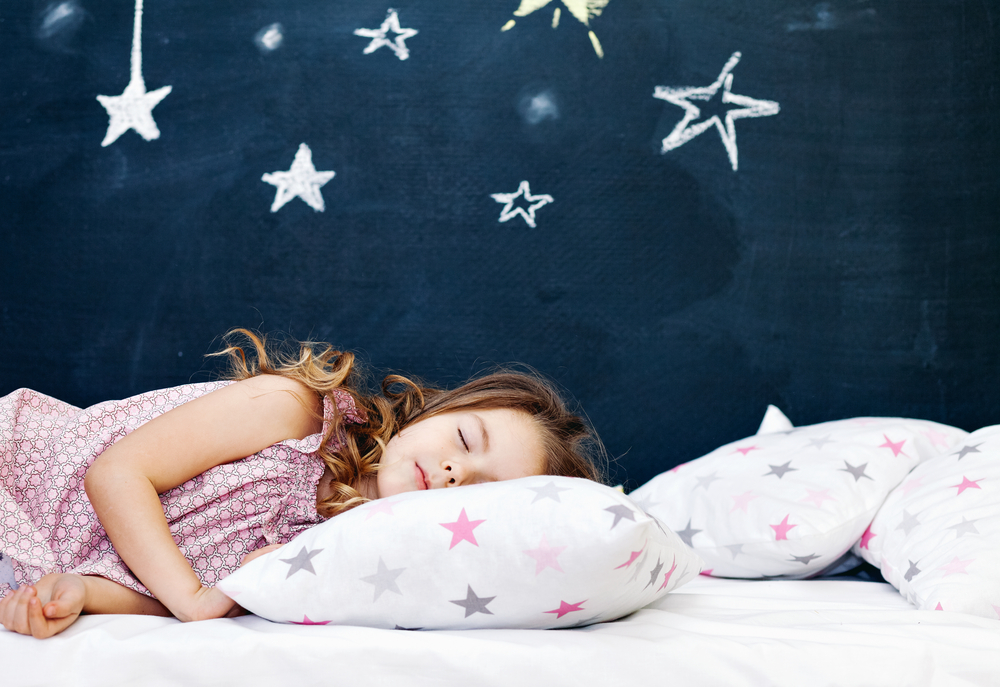If you have a child of school age, you may wonder how many hours of sleep a night they should be getting?
How much screen time is too much and how much exercise should be factored in to balance out their day?
The government has released the Australian 24-Hour Movement Guidelines for Children and Young People (5 to 17 Years).
The advice is for optimal health, children and young people (5–17 years) should achieve the recommended balance of high levels of physical activity, low levels of sedentary behaviour and sufficient sleep each day.

The school day might come to an end at the sound of the afternoon bell but for children, the opportunities for learning are far from over.
West Moreton Health paediatrician Dr Ian Shellshear said parents could take a more structured approach to helping their children learn to strike a better balance between down-time and healthy activity.
“A more structured mix of relaxation and activity can be beneficial on several levels,” Dr Shellshear said.
“Firstly, one of the best things children can do after school is play outside.
“Physical activity helps you regulate your mood, improves understanding of social interactions like teamwork, helps develop the imagination and improves memory for the next day.”
Dr Shellshear also said outdoor play was also a good way to help limit screen time.
“When it comes to screen time, setting clear rules can be very beneficial,” Dr Shellshear said.
“I would recommend only allowing internet access in the common areas of the house like the dining or lounge room.
“Doing this can help prevent children accessing websites or content they shouldn’t see. Parents should always closely supervise their child’s internet use, to protect them from graphic content and ensure the family’s values are respected.
“Also, don’t hesitate to set some clear time limits for screen time.”
Dr Shellshear said the trick was not to back down.
“Once you’ve set these boundaries, stick to them; providing children with consistency can help make them feel secure,” Dr Shellshear said.
Dr Shellshear said continuous brain stimulation from watching a television, phone or computer screen could also have a negative effect on memory, thinking patterns and a child’s ability to fall asleep easily and develop healthy sleep habits.
“Instead of sitting in front of the television or computer after dinner, try doing family-based activities – like playing games, working on a hobby or having a good old chat,” he said.
“By bringing the whole family together, children learn social skills like storytelling and how to lose gracefully in a game. They also get first-hand demonstrations from you on how to relax, and how to take breaks.
“Once it’s getting closer to bedtime, reading – either by or to parents – is an excellent way to help children settle. You’ll also get the bonus of improving your child’s literacy.”
What a healthy 24 hours looks like according to the guidelines:

Sleep:
Each night, children (5-13 years) should have 9 to 11 hours of uninterrupted sleep.
Young people (14-17 years) should get 8 to 10 hours of uninterrupted sleep every night.
Children and young people need quality sleep to recover, repair, and rest after a day of learning and being active.
Getting adequate sleep helps kids to wake up and participate fully in in their school day and after school activities.
It gives them the energy they need to play sport, be creative, socialise, tackle their homework, and stay off the couch.
Likewise, being active during the day helps kids to sleep better.
Follow these tips to support healthy sleep patterns for children and young people:
- Have a consistent bedtime routine – try not to vary bedtime and wake-up times by more than 30 minutes
- Avoid screen time for at least one hour before bedtime
- Make bedrooms screen-free zones

Physical activity:
Children and young people should aim to get at least 60 minutes of moderate to vigorous physical activity every day.
Anything that makes kids ‘huff and puff’ counts.
It doesn’t have to be all at once though; smaller bursts of activity during the day count towards the 60-minute daily target.
At least three days per week, activity should be vigorous – think basketball, soccer, netball, and swimming laps, or any other activity that gets the heart pumping.
Activities that also strengthen growing muscles and bones include skipping, running, jumping, climbing trees, swinging on monkey bars, sit-ups, push-ups, and yoga.
Moderately-intense activities like bike riding, walking, skateboarding and scootering also add to the 60-minute daily target.
Light activities such as leisurely walking and playing handball keep kids moving and are also an important part of the day, but don’t count towards the 60-minute daily target.
Any type of physical activity is better than none. Swapping sitting activities for being active can support better health for kids.
Try these tips:
- Swap a drive to the local shops for a bike ride
- Get off the bus a stop earlier and walk
- Meet friends for a game in the park
- Be active as a family, like going on a nature walk

Sedentary behaviour and screen time:
Sedentary behaviour refers to prolonged time sitting or lying down (excluding sleeping).
Playing video games, watching TV, and other recreational screen time activities should be limited to two hours per day and time spent sitting should be broken up as often as possible.
For children and young people, screen time is a major contributor to sedentary behaviour.
Long periods of sitting can counteract the benefits of physical activity, so reducing sitting time is important no matter how active our kids are.
To achieve a healthy balance, parents and carers can:
- establish boundaries by setting screen time limits
- encourage positive social interaction and experiences when using screen-based electronic media
- set a positive example by minimising your own screen time.

Why balance matters :
Striking the right balance between physical activity, sedentary behaviour, and sleep can help children and young people to:
- improve cardiovascular fitness (healthy heart and lungs)
- improve strength and posture (healthy muscles and bones)
- maintain a healthy weight
- support better mental health, self-esteem, and confidence
- do their best at school and in other learning activities
- better regulate their emotions
- enhance their social skills.
Changing routines can be challenging at times.
Remember that every step taken to achieve the right balance will help your children be stronger, smarter, healthier, and happier.


